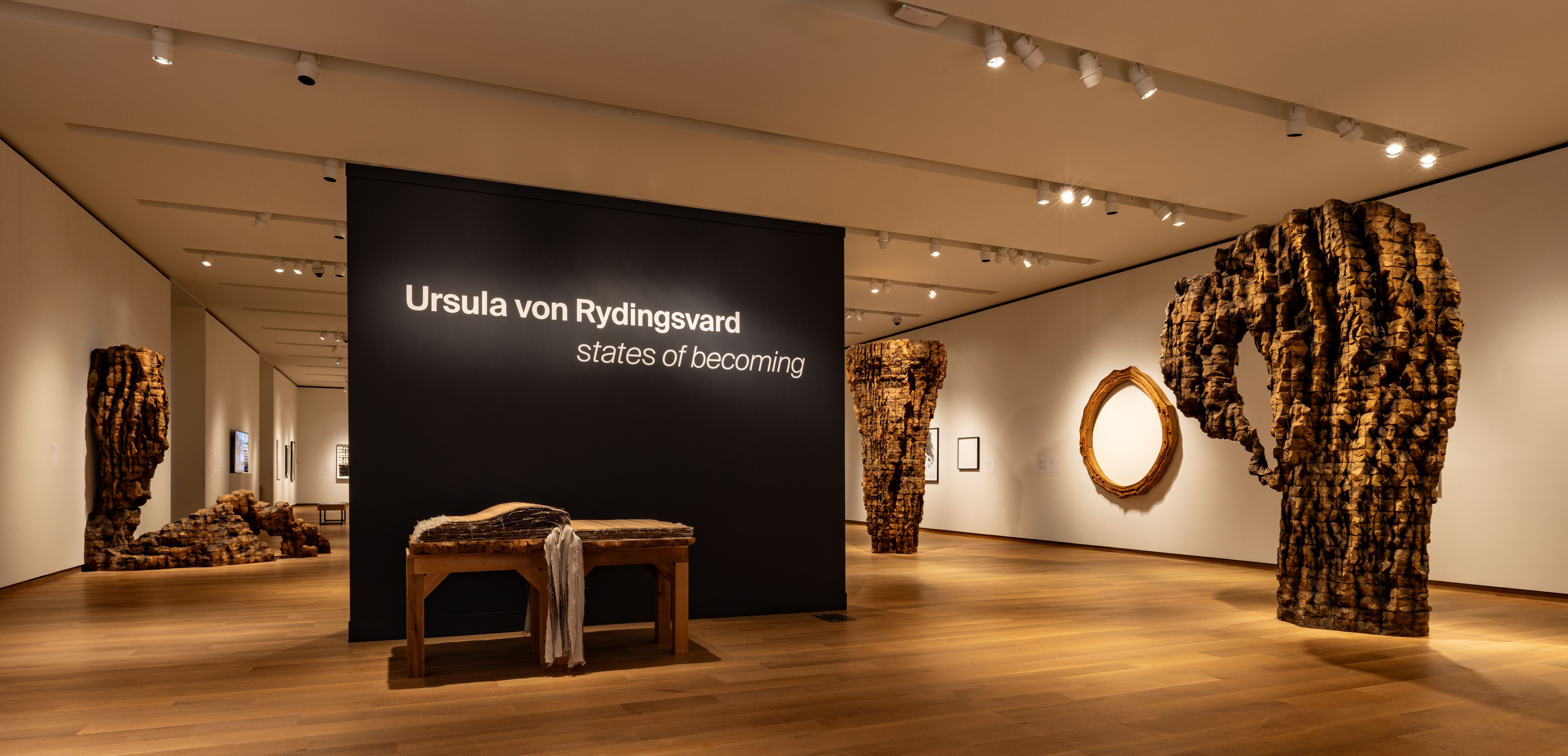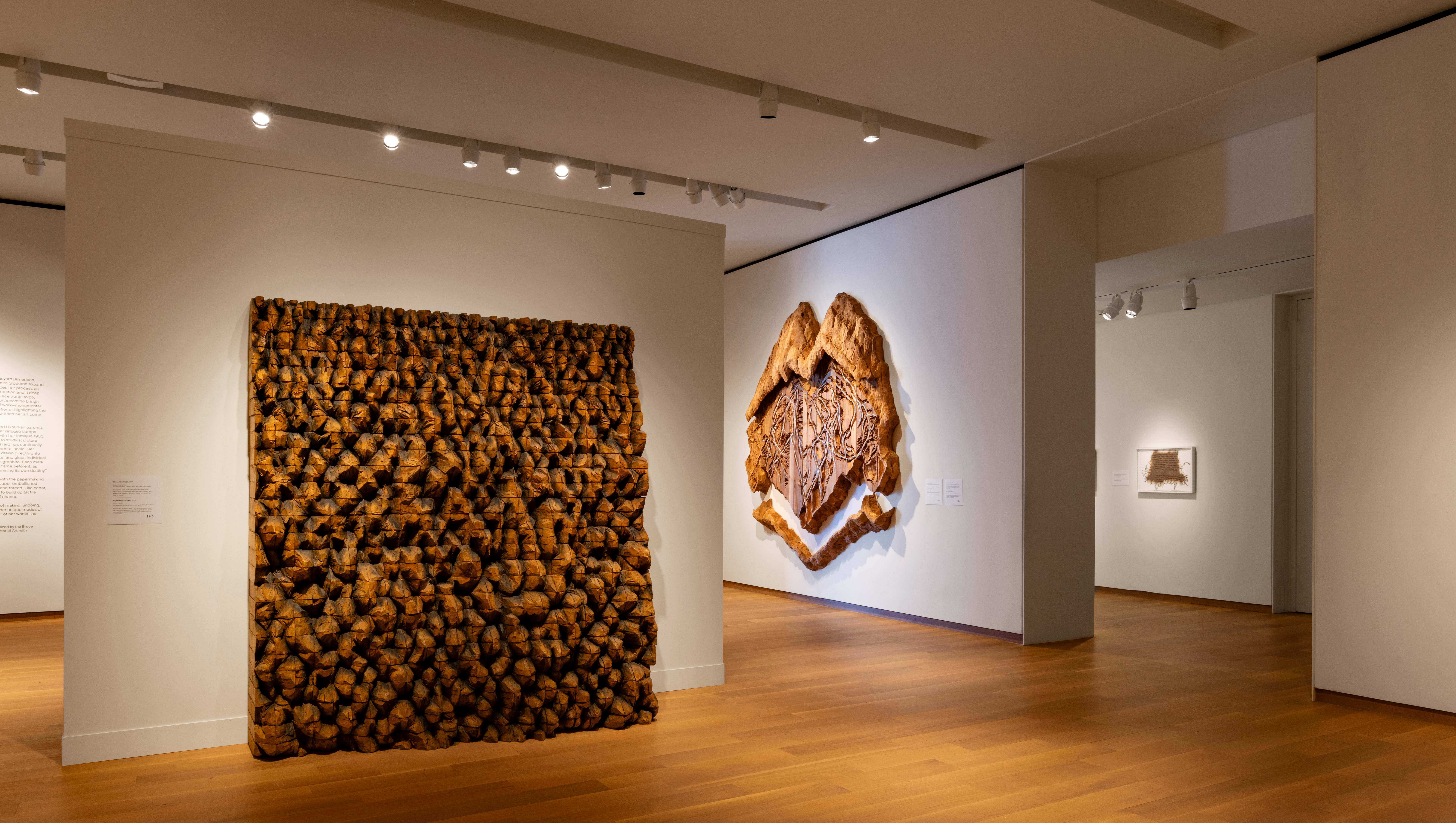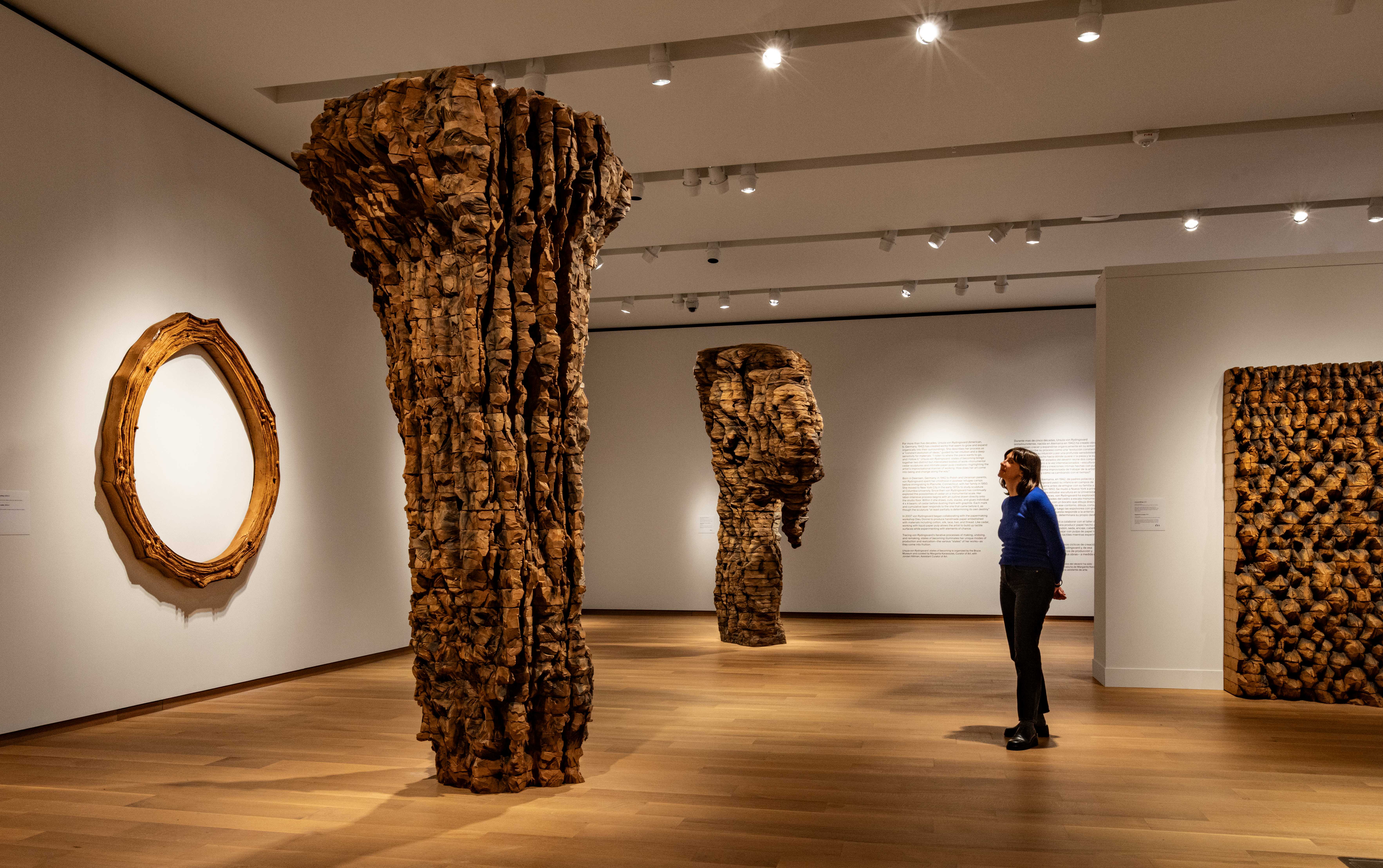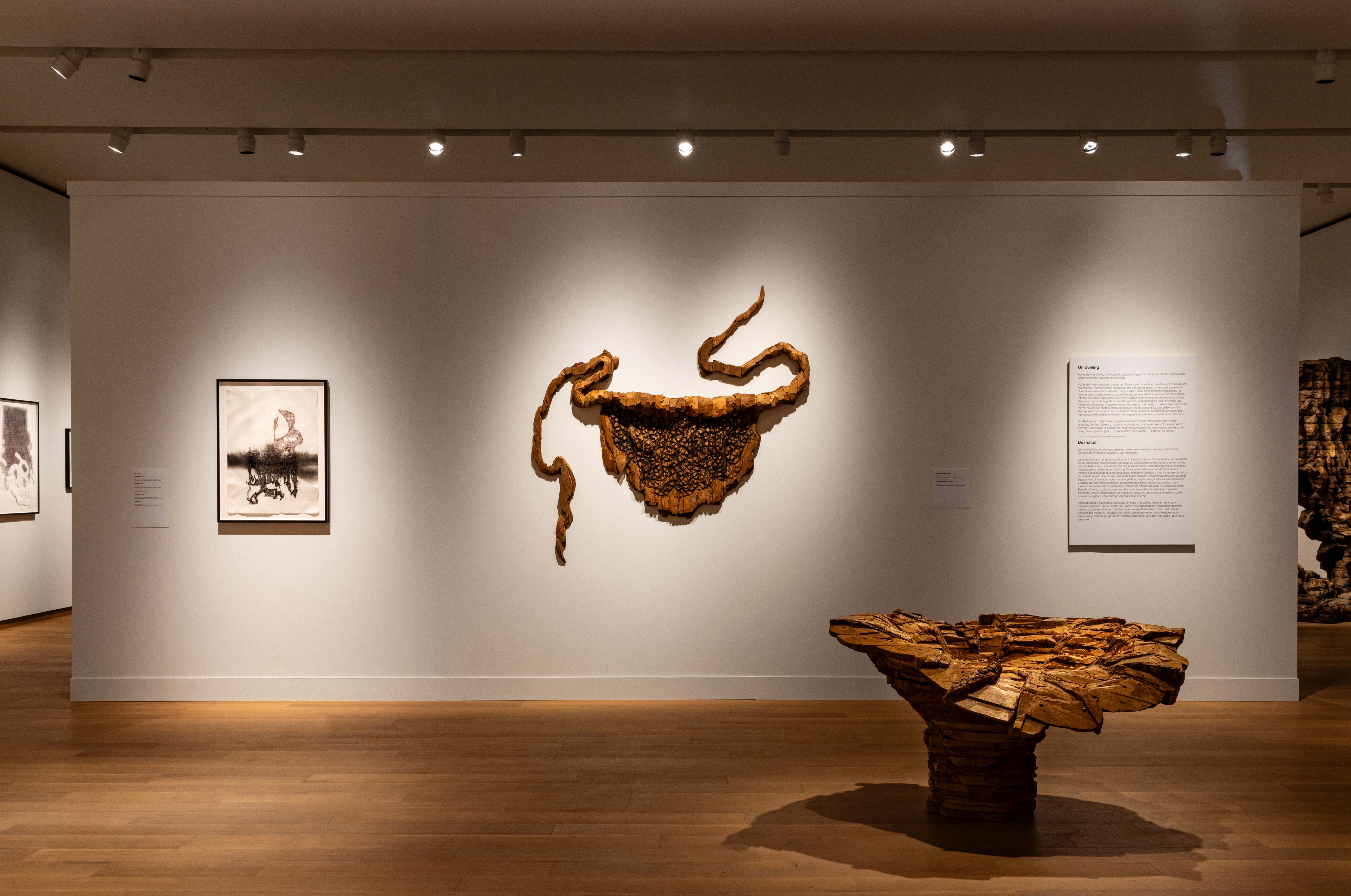On display are over 150 original Greek masterpieces that made ancient Rome shine: an immersive journey retraces the encounter between two extraordinary civilizations, protagonists of a dialogue that shaped Western taste and aesthetics.
On display is a refined and precious selection of over 150 masterpieces—sculptures, reliefs, ceramics, bronzes — all original Greek works, some exhibited for the first time and others returned to Rome after centuries of dispersion . This is the distinctive feature of the event, which offers the exceptional opportunity to admire, in a unique and prestigious museum space like Villa Caffarelli, such a rich and authoritative collection of originals, brought together to restore the magnificence of Greek art and exalt its beauty and material purity. Seeing these works side by side also allows us to reconstruct the history of the meanings they have acquired over time: objects born as votive or funerary objects become political symbols, entering aristocratic homes to represent culture, prestige, and power. The exhibition project also reflects this transformation, highlighting how each work has had multiple lives, multiple uses, and multiple interpretations; they are therefore not only aesthetic testimonies but objects that, in their passage from Greece to Rome, changed function and contributed to shaping the Roman artistic language .
The exhibition "Greece in Rome" traces the arrival of Greek art in Rome through three key stages: the first imports , the period of Mediterranean conquests , and the age of collecting . Alongside the three distinct phases of the narrative arc, it explores the contexts in which the works were used: public spaces, sacred spaces, and private residences. This latter period marked the rise of private collecting , when Neo-Attic art developed with the production of furnishings commissioned by the city's elite: the artifacts became instruments of self-representation and status symbols.
Among the numerous masterpieces on display, the large Capitoline bronzes , exceptionally reunited, stand out, alongside key monuments such as the magnificent stele from the Abbey of Grottaferrata and the sculptures of Niobids from the Horti Sallustiani , which were dispersed between Rome and Copenhagen. A return of strong symbolic value is represented by a female acroterial sculpture from the Al Thani collection in Paris, which was in Rome in the 17th century. Also on display are previously unseen artifacts , such as the Attic ceramics discovered in recent archaeological excavations near the Colosseum.
The exhibition "Greece in Rome" is striking not only for the magnificence of the many original masterpieces on display, but also for the effectiveness of its narrative. The exhibition is enriched with multimedia content that guides visitors on an immersive journey through architectural reconstructions, ceremonial settings, and decorative elements . This integrated approach, combining archaeology and digital technologies, offers both an engaging visitor experience and the opportunity to contextualize the works in their original setting, introducing the public to the most recent interpretations and modern techniques for studying and restoring ancient artifacts.
In addition to works from the Rome Capital System —the Capitoline Museums, the Antiquarium, the Centrale Montemartini, the Giovanni Barracco Museum of Ancient Sculpture, the Museum of Roman Civilization, the Ara Pacis Museum, the Theatre of Marcellus, the Sacred Area of Largo Argentina, and the Museum of the Imperial Fora— and from important Italian institutions , such as the National Roman Museum , the Uffizi Galleries in Florence , and the Archaeological Museum of Naples , the exhibition boasts loans from the world's most famous museums, including the Ny Carlsberg Glyptotek in Copenhagen, the Museum of Fine Arts in Boston, the Vatican Museums , the Metropolitan Museum of Art in New York, the British Museum in London, and the Museum of Fine Arts in Budapest. The exhibition also features works from private collections, particularly the Fondazione Sorgente Group in Rome and the Al Thani Collection in Paris.
THE EXHIBITION PATH
The exhibition is divided into five sections that guide visitors along a narrative that traces the development of the profound artistic and cultural fusion between Rome and the Greek world. Through numerous material testimonies, the public can understand how permeable Roman society was to Greek influences and how the adoption of the Greek artistic model contributed to defining its identity, as well as to the city's urban transformation.
A graphic map that previews the exhibition's structure welcomes visitors.
SECTION I
The first section, entitled " Rome Meets Greece," explores the first contacts between Rome and the Greek communities—as early as the 8th and 7th centuries BC—facilitated by the city's strategic position on the banks of the Tiber and at the center of Mediterranean trade routes. It was through these channels that refined artifacts, predominantly ceramics, arrived in the city, destined to be placed in prestigious contexts such as sanctuaries and tombs. Significant examples include some pottery fragments from the Euboea region in Greece, found in the Sacred Area of Sant'Omobono, and the so-called Group 125, discovered on the Esquiline Hill, a rich aristocratic funerary trousseau with fine ceramics imported from Corinth. The openness to Greek products is evident not only in trade but also in the early identification of Greek and Roman deities, as evidenced by the fragment of a krater depicting the god Hephaestus on a mule found in the Roman Forum.
Despite the profound changes that affected Rome between the 6th and 5th centuries BC—from the fall of the monarchy to the establishment of the Republic in 509 BC—the desire to assimilate Greek forms, models, and rituals did not cease. On the contrary, it intensified with a growing importation of objects of all kinds: bronze votive statuettes, marble artifacts, and cups used in sacred rituals.
SECTION II
From importation to appropriation. The essence of the second section of the exhibition, Rome Conquers Greece , is based on this shift in Rome's attitude toward Greece—by then subjugated during the 2nd century BC. With its domination of the eastern Mediterranean, statues, paintings, and precious metal artifacts arrived in the city, reshaping its urban face and enriching temples and public buildings. The room in this section provides an idea of the artistic loot transferred to Roman territory, mostly consisting of bronze artifacts such as the famous krater with a dedication to King Mithridates Eupator , recovered from the seabed off Nero's villa at Anzio.
SECTION III
The next step after appropriation is integration. The third section, Greece Conquers Rome , shows how many of the works of art that arrived from Greece in the wake of the victorious generals were inserted into the city's public spaces – squares, porticoes, temples, and libraries – helping to transform their appearance and nourish the Romans' growing passion for Hellenistic culture, now considered an essential part of the education of every cultured man. The transfer of these objects entailed their repurposing: artefacts born as votive offerings or as monuments celebrating Greek sovereigns were displayed as symbols of Roman power, taking on new functions and new values within the city. A fitting example is the Templum Pacis , the large complex commissioned by Vespasian after the victory in Judea (75 AD), which perfectly encapsulates the subtle boundary between power and art: born as a symbol of re-established peace, the temple soon became a sort of museum of Greek art in the heart of the Empire.
This section hosts the technological heart of the exhibition, a spectacular video installation that allows visitors to rediscover—through a video projection with synchronized lighting— the lost world to which many of the works belonged. Thanks to this digital reconstruction, visitors can observe how the sculptures interacted with ancient spaces and explore complex processes such as the recomposition of sculptural fragments.
SECTION IV
Not only public places, but also private homes could be enriched by works of Greek art. The fourth section, “ Greek Works of Art in Private Spaces , ” is divided into two subsections, grouping the works by area of provenance. First, it presents the Greek sculptures that decorated the horti , the sumptuous residential complexes immersed in the greenery of nymphaeums and fountains on the outskirts of central Rome. Thus, between the Pincian Hill and the Quirinal Hill, the Sallustian Gardens stretched , famous for the vast collection of sculptures that adorned them—a selection of masterpieces, exceptionally brought together here, can be admired. Among them, the pediment sculptures stand out, depicting the myth of the slaughter of Niobe's children, killed by Apollo and Artemis. These sculptures have long been compared to those depicting the Amazonomachy from the Temple of Apollo Sosianus , for stylistic reasons. Also present are significant finds from the gardens of Maecenas and Lamiani, which extended across the Esquiline Hill. The second grouping includes works connected to Imperial-era villas, mostly located in the suburbs, a sign of the Romans' enduring admiration for Hellenic art, considered a symbol of prestige and cultural refinement.
SECTION V
Beginning in the 2nd century BC, many Greek sculptors immigrated to Rome and set up thriving workshops there, specializing in the creation of cult statues in the classicist style for Roman temples. Later, in the 1st century BC, the growing demand for Greek art encouraged the establishment of workshops, mostly active in Delos and Athens, specializing in refined creations in an eclectic style. This production is described in the fifth and final section, “ Greek Artists in the Service of Rome .” The works often drew on traditional mythological or Dionysian subjects, as depicted in the monumental fountain in the shape of a drinking horn ( rhyton ), decorated with Maenads and signed by the artist Pontios. Rather than simply creating copies, the aim of Neo-Attic art was to rework Greek models, adapting them to the new, predominantly decorative, functions in the public and private spaces of the Roman world. Greek art had by now become a flexible instrument bent to Roman needs : the profound religious sentiment that permeated the best artistic production of the archaic and classical ages had been lost in favor of the aesthetic quality of the work of art.
TATUA DI NIOBIDE FERITA Da Roma, presso il ninfeo degli Horti Sallustiani Marmo pario lychnites | 430 a.C. circa Roma, Museo Nazionale Romano, Palazzo Massimo
CAVALLO DI BRONZO Bronzo, V sec. a.C. Roma, Musei Capitolini
STATUA COLOSSALE DI ERCOLE Da Roma, Foro Boario Bronzo dorato II-I secolo a.C. o età imperiale Roma, Musei Capitolini




























:focal(576x384:577x385)/https://tf-cmsv2-smithsonianmag-media.s3.amazonaws.com/filer_public/a5/52/a5528555-31bb-4749-a47e-f923ae4adc44/moses.jpg)
/https://tf-cmsv2-smithsonianmag-media.s3.amazonaws.com/filer_public/a1/09/a10998e5-bd98-45c5-8ccc-f0be8389a2ff/saam-201651_2.jpg)
